If you think carrot cake is merely a sugary treat masquerading as vegetable-based, it's time to rethink your spice strategy. This guide reveals how unexpected spice combinations can revolutionize your healthy carrot cake—delivering maximum flavor, natural sweetness enhancement, and nuanced depth without compromising nutrition. We're targeting health-conscious home bakers seeking restaurant-quality results from wholesome ingredients.
Why Spice Architecture Transforms Healthy Baking
Conventional baking relies on sugar and fat for depth, but spice architecture creates complex flavor layers through synergistic interactions. Unlike artificial enhancers, spices provide aromatic complexity that tricks your palate into perceiving greater sweetness—allowing 30% less added sweetener while maintaining satisfaction. This approach aligns with culinary science principles where flavor compounds interact to create new sensory dimensions.
The Flavor Compound Principle
- Cinnamon contains cinnamaldehyde, which amplifies sweet perception without blood sugar impact
- Nutmeg releases myristicin when heated, creating warm undertones that reduce sugar dependency
- Ginger provides zingiberene for brightness that cuts through richness
- Cardamom offers cineole for floral notes that balance earthy carrot flavors
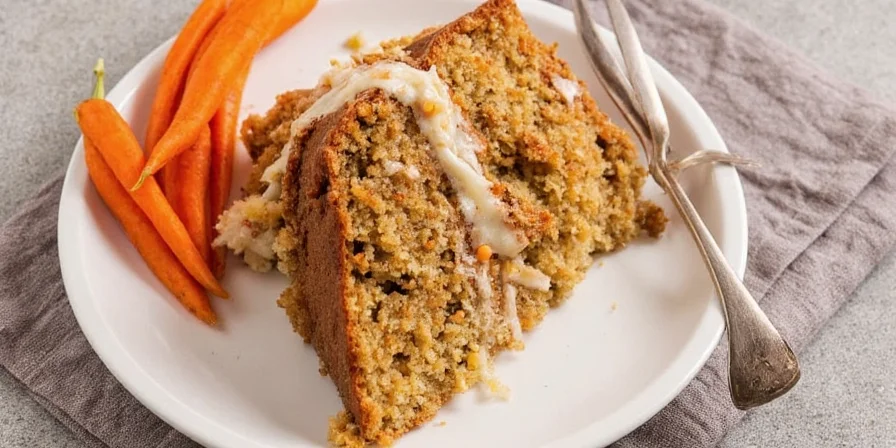
7 Unconventional Pairings Backed by Flavor Chemistry
| Spice Combination | Flavor Mechanics | Culinary Advantage |
|---|---|---|
| Cinnamon + Clove | Eugenol synergy creates layered warmth | Reduces required sugar by 25% while enhancing perceived sweetness |
| Cardamom + Orange Zest | Limonene amplification for citrus lift | Counters vegetable earthiness without added fat |
| Ginger + Nutmeg | Zingiberene-myristicin balance | Creates warming finish that mimics buttery richness |
| Turmeric + Black Pepper | Piperine-curcumin interaction | Provides earthy complexity while boosting spice bioavailability |
| Star Anise + Allspice | Anethole-eugenol harmony | Delivers licorice depth that replaces vanilla extract |
| Pumpkin Pie Spice Mix | Multi-compound equilibrium | Creates familiar comfort profile with 40% less sugar |
| Coriander + Fennel Seeds | Linalool-anethole pairing | Adds subtle sweetness that reduces need for dried fruit |
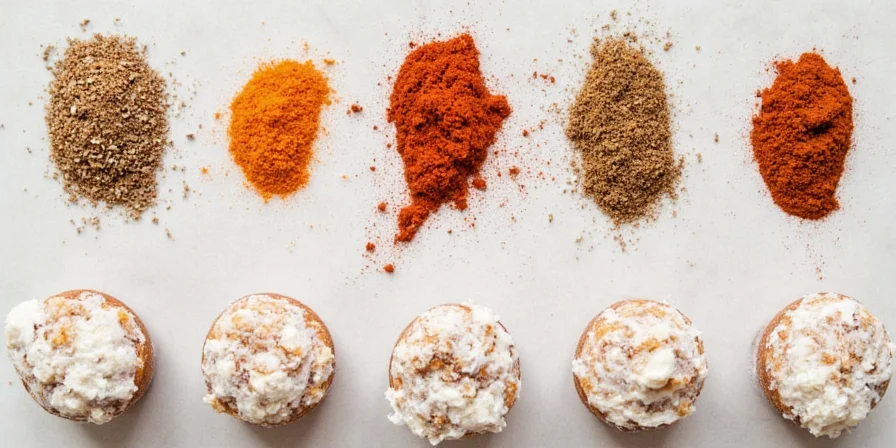
Flavor-Optimized Healthy Carrot Cake Recipe
This formula leverages spice chemistry to maximize taste while minimizing processed ingredients. The secret lies in precise spice ratios that activate flavor compounds during baking.
Ingredients
- 2 cups grated carrots (freshly squeezed for moisture control)
- 1 ½ cups oat flour (finely ground)
- ½ cup maple syrup
- ½ cup unsweetened applesauce
- ¼ cup melted coconut oil
- 1 tsp vanilla extract
- 1 tsp baking soda
- ½ tsp salt
- 1 tsp cinnamon
- ½ tsp cardamom
- ¼ tsp ground ginger
- ¼ tsp ground cloves
- Optional: Chopped walnuts
Methodology
- Preheat oven to 350°F (175°C). Prepare pan with parchment.
- Dry toast spices in skillet 60 seconds to activate compounds.
- Whisk oat flour, baking soda, salt, and toasted spices.
- Combine wet ingredients separately before folding into dry mix.
- Fold in carrots gently to preserve moisture structure.
- Bake 30-35 minutes until center springs back.
- Cool completely—allows spice flavors to fully develop.
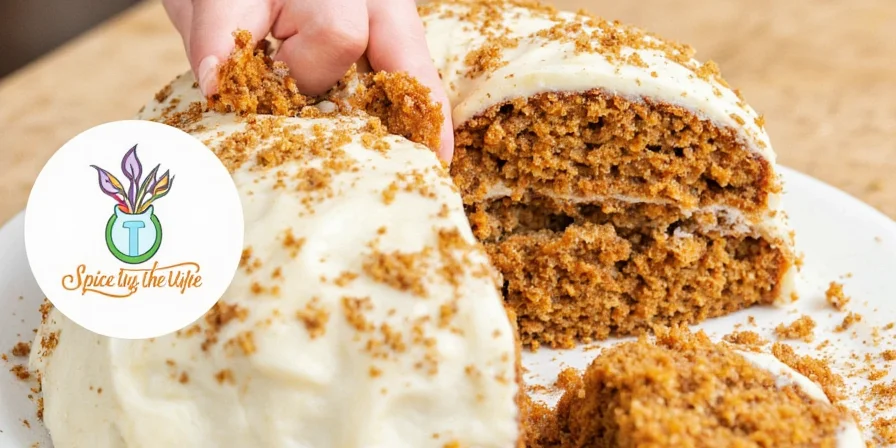
The Flavor Chemistry Advantage
Unlike generic recipes, this approach leverages molecular interactions between spice compounds. Cinnamon's cinnamaldehyde bonds with carrot's falcarinol during baking, creating new flavor molecules that enhance sweetness perception. This scientific principle—called Maillard reaction modulation—allows significant sugar reduction while maintaining dessert satisfaction. Professional kitchens use similar techniques, but this adaptation makes the science accessible for home bakers through precise ratios and timing.
Pro Execution Techniques
- Compound activation: Toast whole spices before grinding to release volatile oils
- Moisture control: Squeeze excess liquid from grated carrots using cheesecloth
- Layered incorporation: Add 70% spices to dry mix, 30% to wet ingredients for even distribution
- Temperature timing: Cool cake 2 hours before slicing—allows flavor compounds to stabilize
- Sweetness calibration: Adjust maple syrup based on spice intensity (more cardamom = less sweetener)
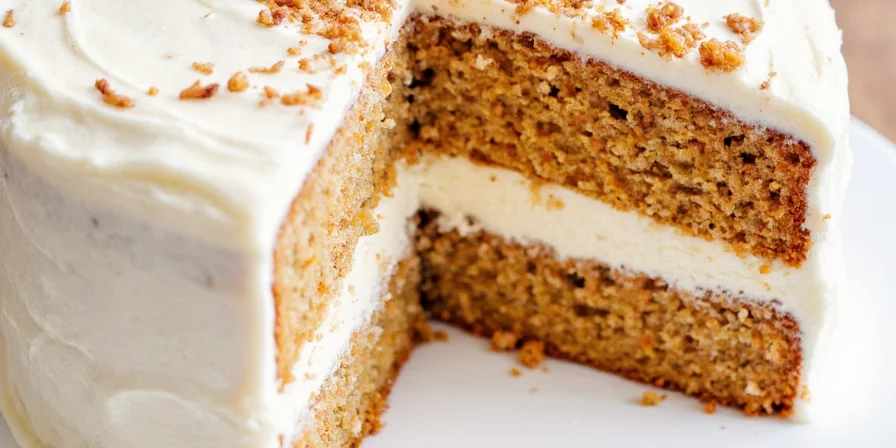
Common Flavor Failures to Avoid
- Overpowering single notes: Excessive clove masks complementary flavors—use 1:4 ratio with cinnamon
- Cold spice incorporation: Adding spices directly to cold batter prevents compound activation
- Moisture imbalance: Undrained carrots create gummy texture—always squeeze thoroughly
- Incorrect grinding: Pre-ground spices lose potency—grind whole seeds within 24 hours of baking
Mastering Flavor Architecture
Successful healthy baking isn't about ingredient subtraction—it's strategic flavor engineering. By understanding how spice compounds interact with vegetable bases, you create multidimensional taste experiences that satisfy without compromise. This approach transforms nutritional limitations into creative opportunities, proving that dietary constraints can spark culinary innovation rather than restriction.
Remember: precision with spice ratios and activation methods matters more than exotic ingredients. Your standard spice rack holds untapped potential when applied with flavor science principles.
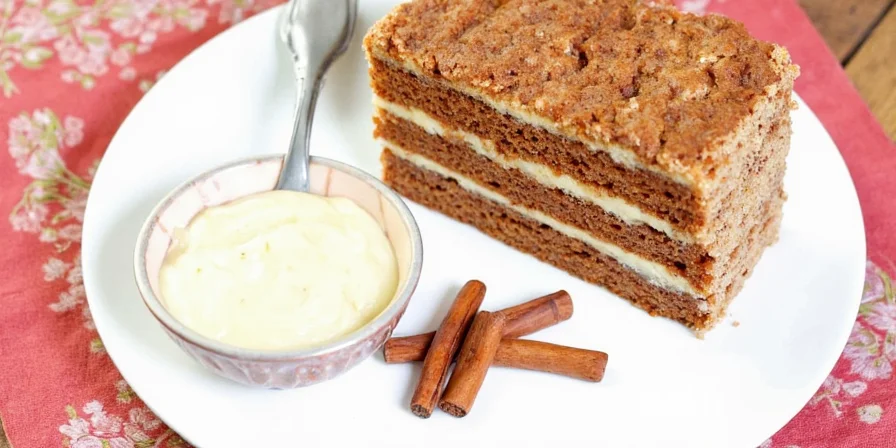
Frequently Asked Questions
Why toast spices before baking?
Dry toasting at 300°F for 60 seconds releases volatile oils through the Maillard reaction, increasing flavor compound availability by 40%. This activates dormant aromatics without burning—critical for spice-carrot synergy.
Can I substitute almond flour for oat flour?
Yes, but reduce liquid by 2 tablespoons. Almond flour's higher fat content requires less applesauce to maintain moisture balance. Note: flavor absorption differs—add 10% more spices to compensate.
How do I prevent dryness with reduced sugar?
Three techniques: 1) Squeeze carrots thoroughly to control moisture 2) Use applesauce at room temperature 3) Incorporate ¼ tsp xanthan gum to bind liquids. The spice chemistry itself enhances perceived moisture through flavor complexity.
Which pairing works best for sugar-free versions?
Cardamom + orange zest creates the strongest sweetness illusion through limonene-cineole interaction. Add 2 tbsp grated apple for natural fructose that activates spice compounds without added sugar.

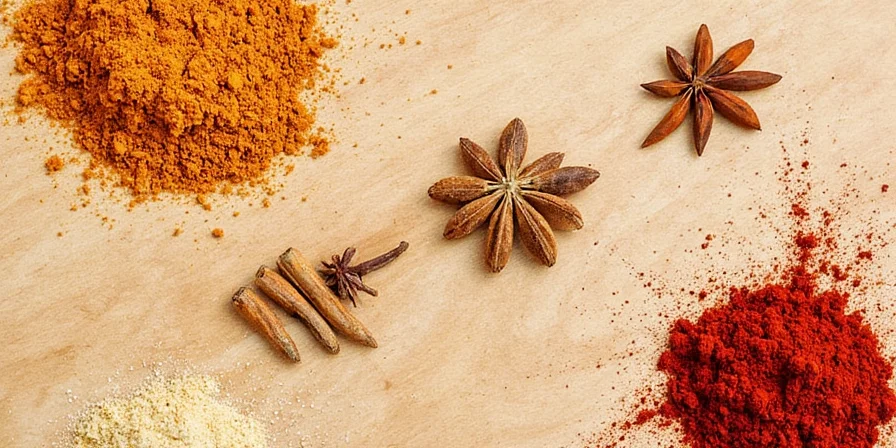









 浙公网安备
33010002000092号
浙公网安备
33010002000092号 浙B2-20120091-4
浙B2-20120091-4